ANDE
August
22
EVENT
Casual, in-person gatherings designed to reconnect, recharge, and reflect with fellow ecosystem builders.
August
21
July
28
July 19, 2025
PAGE
July 17, 2025
BLOG
What to expect at the ANDE Global Annual Conference 2025. This is your invitation to engage and help shape what comes next in 35+ confirmed interactive sessions.
September
10
